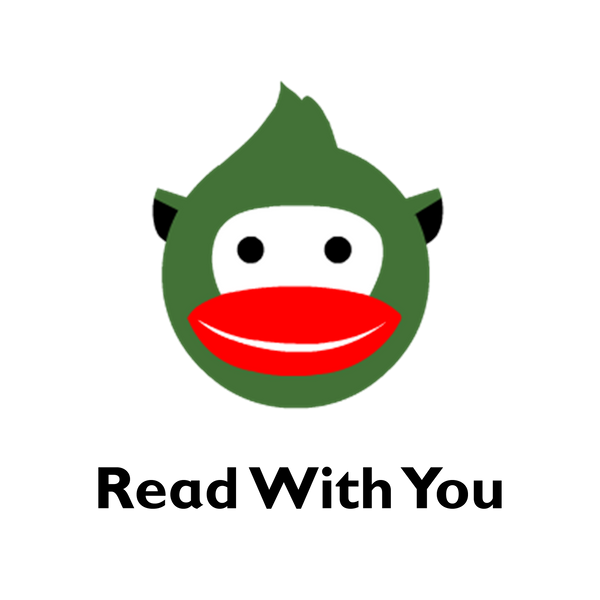All children deserve to learn to read. This essential skill paves the way for lifelong success, from succeeding at business to enjoying great books. In recent years, you may have seen teachers and parents talk about something called The Science of Reading. Knowing this approach to teaching literacy is key to giving your children the support they need to read fluently and enjoy books!
The Science of Reading Explained
Whether you are a teacher designing a 1st-grade class curriculum, or a parent helping your kid sound of letters, the Science of Reading is for you. It is a collection of methods that have been proven to help children learn to read. It draws on neuroscience, education, child psychology, and hundreds of studies of classroom instruction! While this is more than we can cover quickly, The National Center on Improving Literacy summarizes the approach in five key areas. At Read With You, we have developed groundbreaking books that empower students to pick up each crucial skill.

Phonemic Awareness
First, kids learn to recognize and play with all the individual sounds in the English language. This means naming the letters and connecting them to the various sounds they make. Veggie’s World provides fun practice while slowly building phonemic awareness.

Phonics and Decoding
Next, kids figure out how letters combine to create syllables and recognize common spelling patterns. Tongue Twister Tom provides laugh-out-loud decoding practice! At this stage, help children slowly combine individual sounds into words.

Fluency
Through repeated exposure and practice, kids move from slow decoding to fast, fluent reading. This means memorizing sight words and common spelling exceptions. Fun stories like I Am encourage kids to memorize words as they read and read more quickly as they reread their favorite goofy stories. Reading a favorite book over and over and over again is the perfect way to practice this skill.

Vocabulary
Kids can only fluently read a word if they already know it! So, a key part of teaching reading is exposing kids to rich vocabulary through read-alouds, conversation, and books that explicitly teach new words. Series like Moo Moo Cow and Cheese Thieves build vocabulary in specific domains. The best way to strengthen vocabulary is to read out loud to your kids to expose them to words they can't yet sound out.

Comprehension
Reading is only useful for kids when they can connect the meaning behind the words to their lives. While stories are often a natural introduction to reading, easy, colorful nonfiction like Who Am I and The World in Me provide fun ways to make the jump from just reading to reading to learn.
What The Science of Reading Is NOT
- The Science of Reading is not a specific product. It is an approach to education. No single worksheet or book will teach your kid to read; they need repeated practice in all five skill areas.
- It isn’t just about phonics. While it emphasizes the valuable role of phonics, it is so much more. Students work on other concepts like vocabulary and critical thinking alongside drilling phonics.
- It doesn’t belong to any one person or organization. Because it is based on hundreds of research studies including thousands of professional educators, no one person gets to define it or set it in stone!
Now that you know the five key skills that the Science of Reading emphasizes and why, you're ready to practice reading with your kid!

